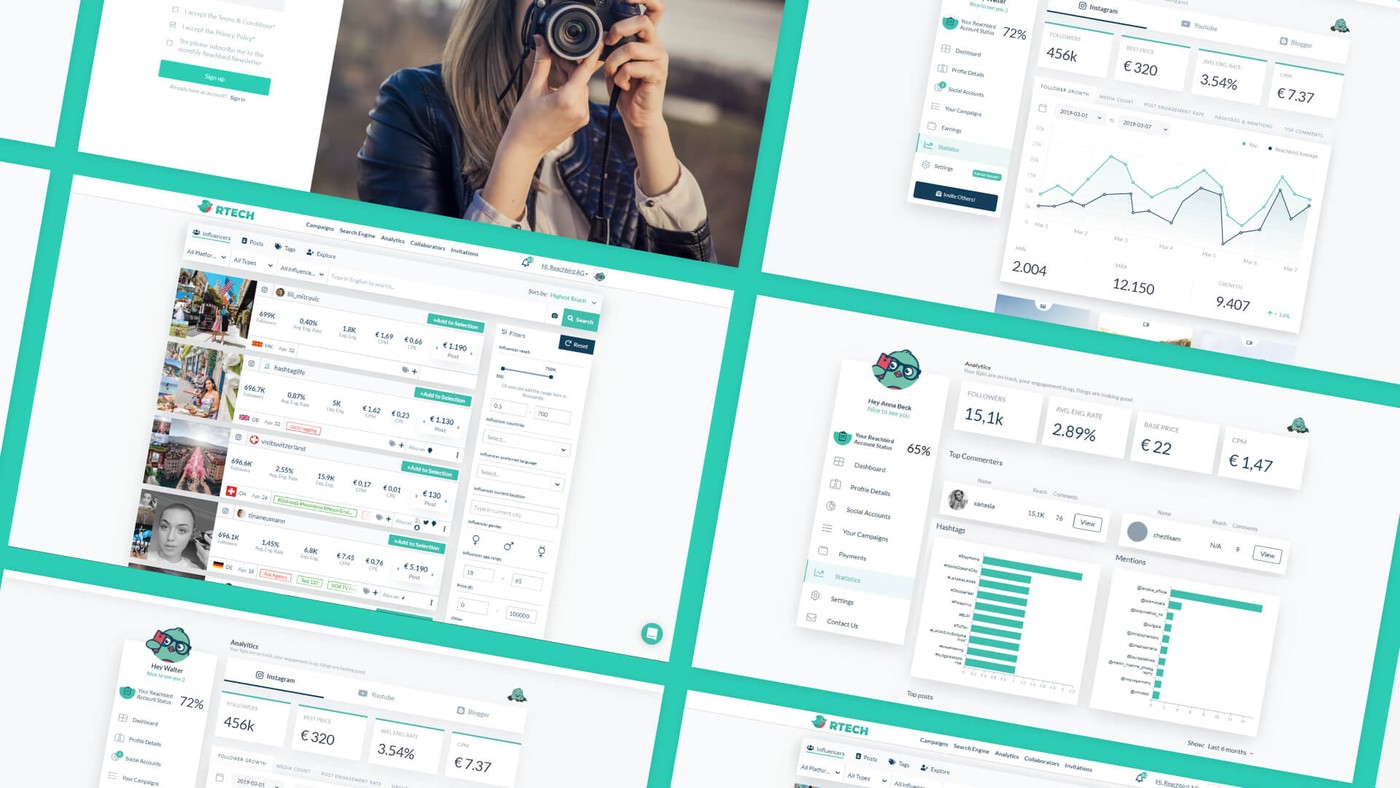The Agile software development framework has gained a ton of steam in the SaaS world in recent years, and rightfully so. Agile development provides the speed & flexibility SaaS products need to survive & thrive in the market. If you’re new to the SaaS space and want to dip your toes in product development, you may be asking how the Agile development life cycle works.
Not to worry! In this article, we will go over everything you need to know about the Agile software development life cycle, as well as its key advantages and disadvantages for building SaaS products.
The Agile methodology
First, let’s understand how the Agile methodology works. Agile is a software development philosophy made popular by the authors of The Agile Manifesto.
The Agile Manifesto describes the core ideas behind Agile, which are the 4 values and 12 principles. In truth, there’s no one way to approach Agile development. Every Agile approach to software development varies by those using it and the project being developed with it.
However, what remains the same on every project is the Agile development life cycle.
What is the Agile software development life cycle in SaaS?
Every software development framework has a specific life cycle, and Agile is no different. There are five stages to the Agile software development life cycle for building SaaS products. Let’s take a look at each one in detail.
Concept phase
The first stop on the Agile development life cycle is the concept phase. The concept phase starts with stakeholders and product owners coming together to outline the scope and priorities of the project. They then assess the cost and estimated time of completion, as well as supported features and requirements. Outlining costs and estimated time of completion help determine the feasibility of the project.
Once the project is determined feasible, a roadmap and backlog are developed to track progress of the project over time.

Inception phase
With the concept phase established, the inception phase comes next. The inception phase is where the development team is built, which is usually made up of front-end developers, back-end developers, UX designers, quality assurance testers, and devops engineers. This team is responsible for building the project architecture and a mock-up of the product’s user interface.
At this stage, stakeholders give their feedback and input on the user interface to round-out its functionality.
Iteration phase
Next is the iteration phase, which is commonly considered the longest phase of the development cycle. The goal of the iteration phase is to have baseline functionality of the product by the end of the phase. Work during this phase is based on the product backlog and gets completed in development sprints.
Development sprints are 1-2 week periods where each member of the production team is given specific tasks and objectives to be completed. Teams plan daily meetings and receive daily feedback on their work, as well as identify issues when they arise during a sprint. An iteration phase has several development sprints, which is why it is the longest phase of the development cycle.
Release phase
Next comes the release phase. The goal of the release phase is to deliver a functional, stable product to customers that meets their expectations. This is done through quality assurance testing, which makes sure the product has no bugs or errors and that the software is completely functional on release. When all final tests and checks are complete, the product is ready for launch. To get users acquainted with the product, development teams will often provide training on how to properly use the software.
Maintenance phase
The final stop on the development train is the maintenance phase. At this stage of development, priorities shift from having a successful release to maintaining success long-term.
The product is a success, and customers are constantly giving feedback by requesting new features or interacting with new updates. The development team, operations teams, and stakeholders are now in charge of providing regular support for the application to ensure it’s running smoothly.
The maintenance phase goes on indefinitely and sees the constant improvement of the product as the markets continue to evolve.
Why should I use an Agile approach?
Agile software development has many advantages, especially when building a SaaS product. For starters, the Agile method allows developers to rapidly and dynamically bring a product to market. This is important because speed and flexibility are the keys to maintaining an edge over the competition. The needs and wants of the market are constantly changing, and the companies that can respond the quickest to these changes will be the most successful.
The iterative nature of Agile development also ensures SaaS products have a built-in higher level of quality. Development teams are forced to constantly communicate with each other and problem-solve as issues arise (and they do, frequently), preventing any major issues when the product launches. Agile also connects creators to customers through constant feedback, making it seamless to respond to customer needs and wants. When trust is built both internally and externally, everyone wins.
Putting it all together
And there you have it: a simple guide to understanding the Agile software development life cycle! Let’s quickly recap. The Agile software development life cycle comes in six phases: Concept, inception, iteration, release, and maintenance.
For SaaS product development, the biggest advantage to using Agile is the speed & flexibility it offers. The Agile approach brings your development team closer and heightens the overall quality of your product at the same time. When properly implemented, you won’t lose with Agile.
We specialize in helping founders build and design incredible SaaS products. Let us help you bring your project to life. Book a free consultation with us today!